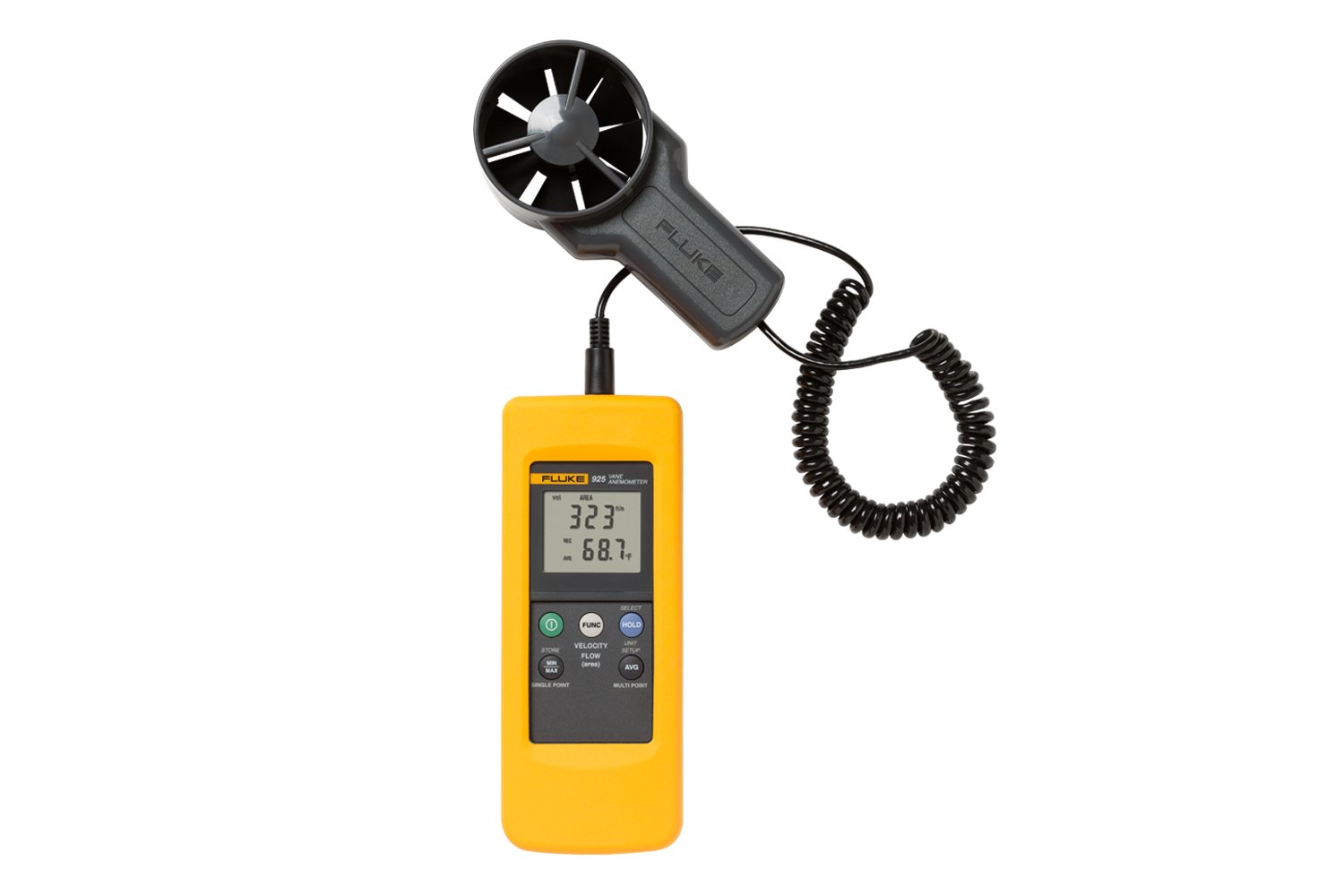Checking Out the Functions and Benefits of Anemometers for Weather Enthusiasts and Professionals
Anemometers stand as important tools in the realm of climate surveillance, satisfying both fanatics and experienced experts alike. These devices provide a window right into the vibrant world of wind patterns and speeds, providing invaluable data for atmospheric evaluation and forecasting. From mug anemometers to sonic anemometers, each kind brings its one-of-a-kind collection of applications and advantages, clarifying numerous elements of weather. As we explore the features and advantages of anemometers, a deeper understanding arises not just of prevailing weather sensations however also of the more comprehensive ramifications for industries like wind energy manufacturing and environmental research.
Importance of Anemometers in Climate Monitoring
Anemometers play an essential duty in weather monitoring by offering precise measurements of wind rate, assisting in forecasting and understanding climate patterns. These instruments, ranging from traditional mug anemometers to contemporary ultrasonic anemometers, are important for meteorologists, scientists, and climate fanatics alike.

Sorts Of Anemometers and Their Applications
The most common kinds of anemometers include cup anemometers, vane anemometers, hot-wire anemometers, and ultrasonic anemometers. Cup anemometers consist of three or four cups mounted on horizontal arms that revolve with the wind, determining its rate. Vane anemometers, on the various other hand, use a freely rotating vane to straighten with the wind instructions, providing both wind rate and instructions dimensions.
Each type of anemometer has its special benefits and applications. Mug anemometers are appropriate and durable for general climate surveillance, while vane anemometers are favored for directional measurements. Hot-wire anemometers are delicate to low air rates, making them optimal for indoor environments. Ultrasonic anemometers are non-intrusive and supply high precision, commonly utilized in study and specialized climate tracking applications. Recognizing the characteristics and applications of each kind of anemometer is vital for picking one of the most appropriate instrument for details weather condition keeping an eye on needs.
Benefits of Using Anemometers in Projecting
In meteorology, the utilization of anemometers uses very useful advantages for enhancing the accuracy of weather projecting. Anemometers determine wind rate and instructions, giving important data for predicting climate patterns. By incorporating wind data right into projecting models, meteorologists can better comprehend the motion of climate systems, anticipate adjustments in weather, and problem extra accurate forecasts.
Furthermore, anemometers play Read Full Report a vital duty in examining potential climate dangers. Keeping track of wind speeds aids forecasters predict extreme weather condition events such as cyclones, tornadoes, and winter months storms with better precision. This early caution system enables authorities to release timely signals and execute essential precaution, minimizing the risks to life and property.
Furthermore, anemometers aid in enhancing renewable resource manufacturing. By analyzing wind patterns, meteorologists can determine ideal locations for wind ranches and forecast energy outcome, adding to the efficient generation of wind power.

Anemometers in Wind Energy Production
Provided the essential role anemometers play in offering precise wind information for climate projecting and threat assessment, their importance encompasses the realm of wind energy production. Anemometers are necessary tools in the area of wind power, where the dimension of wind rate and instructions is crucial for identifying the expediency and effectiveness of wind turbine setups. By precisely determining wind speeds at varying heights, anemometers help optimize the placement and design of wind generators to take full advantage of energy output.
In wind ranches, anemometers are tactically put to accumulate real-time wind information that is used to assess the possible power production of a site. This information is critical in identifying the economic viability of wind power projects and in projecting power generation to guarantee grid stability. Furthermore, anemometers aid in checking wind problems to maximize wind turbine efficiency, avoid damage from high winds, and guarantee the security of employees operating in the location of wind generators.
Enhancing Climate Understanding With Anemometers

Anemometers play an essential role in enhancing our understanding of microclimates. These localized weather can differ substantially from wider regional forecasts, making it vital to have accurate information for details locations. anemometer. By tactically placing anemometers in various areas, scientists can gather detailed details on exactly how wind behaves in different terrains, city atmospheres, or bodies of water
Additionally, anemometers contribute to boosting climate projecting models by providing real-time data on wind actions. This info is especially valuable for forecasting serious weather occasions, enhancing farming techniques, and sustaining industries like aeronautics and maritime navigation. Overall, anemometers are very useful tools that enable us to dive deeper right into the complexities of climate systems, ultimately bring about more better-informed choices and precise forecasts.
Final Thought
In verdict, anemometers play a vital duty in weather monitoring and forecasting by determining wind view it rate and instructions. Anemometers also have applications in wind energy production, more highlighting their importance in both meteorology and sustainable power fields.
From mug anemometers to sonic anemometers, each kind brings its unique set of advantages and applications, losing light on numerous facets of climatic problems. These tools, ranging from traditional mug anemometers to modern-day ultrasonic anemometers, are essential for meteorologists, researchers, and weather enthusiasts alike. The most common kinds of anemometers consist of mug anemometers, vane anemometers, hot-wire anemometers, and ultrasonic anemometers. Cup anemometers are durable and suitable for basic climate surveillance, while vane anemometers are preferred for directional dimensions. Anemometers are vital instruments in the field of wind energy, where the measurement of wind speed and instructions is critical for determining the usefulness and performance of wind generator setups.